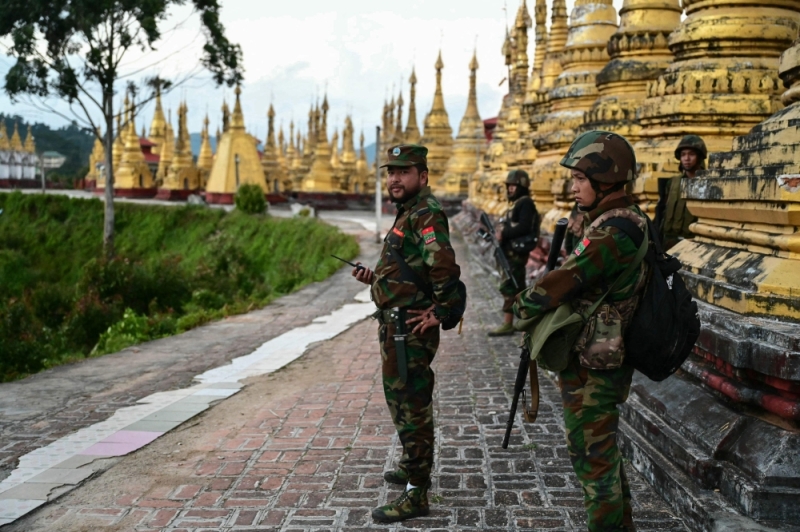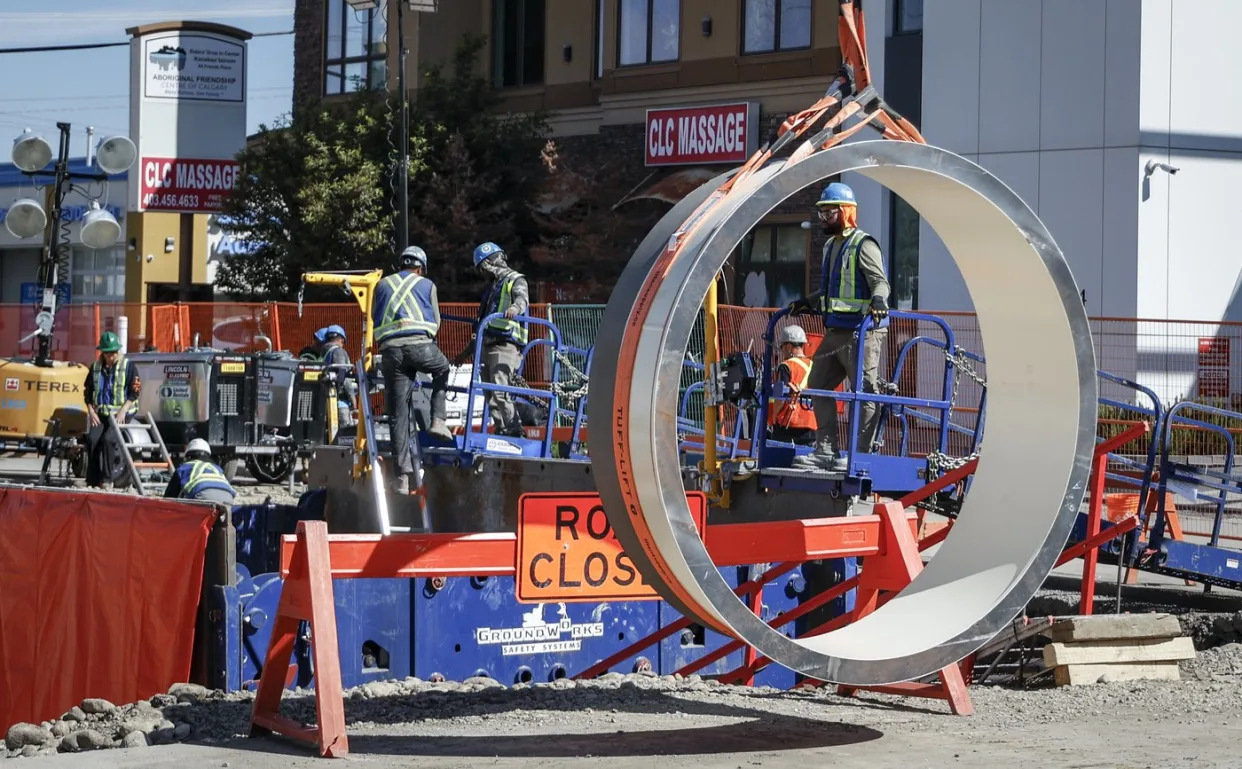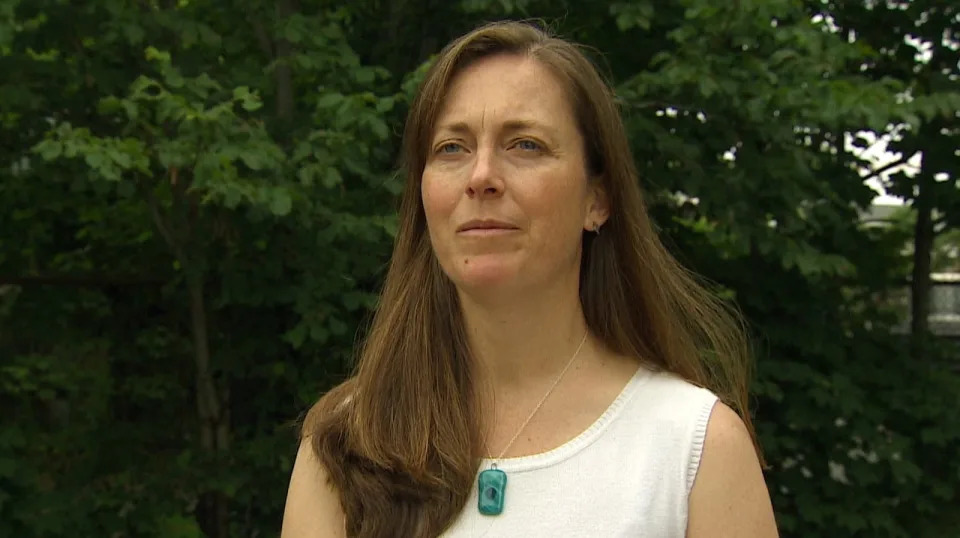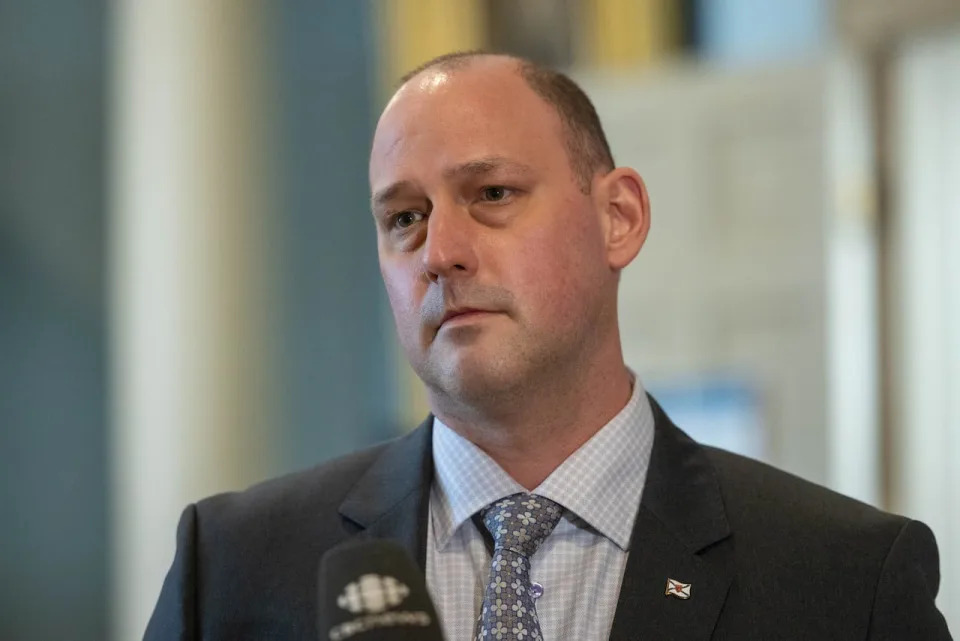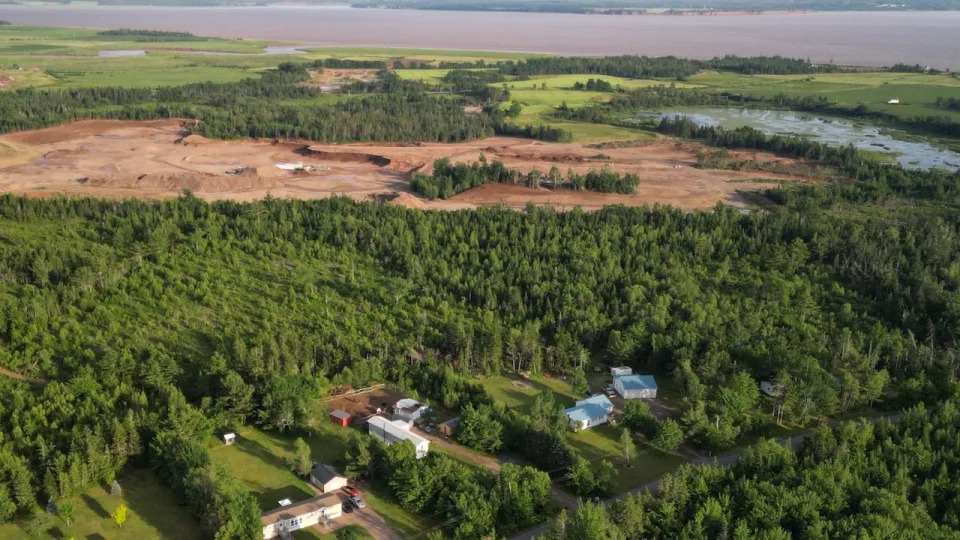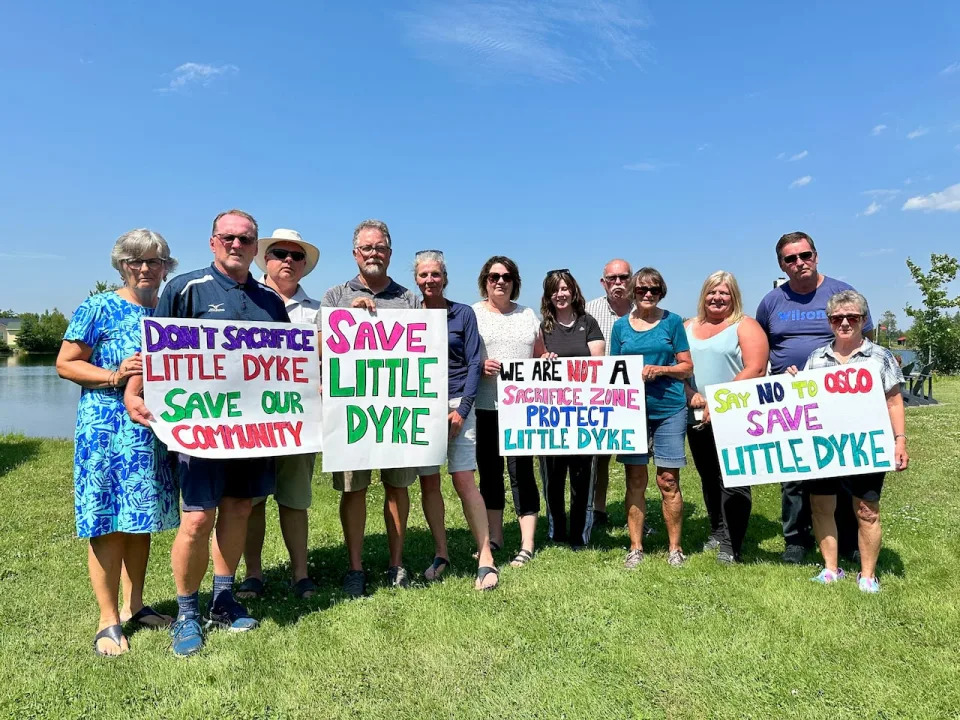Singapore charges activists over pro-Palestinian letters
By Kelly Ng and Tessa Wong, BBC News, Singapore
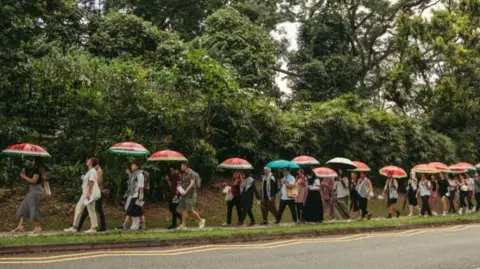
The watermelon, which has the same colours as the Palestinian flag, has become a symbol of solidarity
Three activists in Singapore have been charged over rallying people to deliver letters to the prime minister urging him to end ties with Israel.
Singapore strictly regulates protests, and public demonstrations advocating causes of other countries are not allowed.
The war in Gaza has been a particularly sensitive issue for the tiny country that has a significant Muslim population and also maintains a close relationship with Israel.
Authorities have urged Singaporeans not to stage protests on the issue and instead participate in dialogues and donation drives.
But there has been deep concern about the war and some Singaporeans, particularly younger ones, have been vocal in expressing their views online and desiring to make themselves heard.
In February, the activists led about 70 people on a metres-long walk from a popular mall on Singapore's main shopping street Orchard Road to the presidential compound next door.
Photos of the procession posted on social media show participants carrying umbrellas looking like watermelons. The fruit, which has the same colours as the Palestinian flag, has become a symbol of solidarity.
The group stopped at the gates of the compound - which also houses the prime minister's office - and handed a sheaf of 140 letters to staff.
Authorities say the activists - Annamalai Kokila Parvathi, Siti Amirah Mohamed Asrori and Mossammad Sobikun Nahar - had organised the event without a permit. The women have not indicated yet whether they would plead guilty.
All public demonstrations in Singapore require permits from the police, who have said they would not grant any for public assemblies advocating causes of other countries or foreign entities.
The three women could be fined up to S$10,000 (£5,800, $7,300 ) or jailed for up to six months.
On Thursday when the women were released on bail, they appeared to strike a defiant note through their attire. Ms Amirah wore a shawl resembling the keffiyeh, the traditional Arab headdress that has become a symbol of Palestinian activism, while Ms Annamalai wore a T-shirt with the words "Justice Now!".
Local advocacy group the Transformative Justice Collective, which Ms Annamalai co-founded, described the charges as "a continuation of the intimidation of peaceful support for Palestinian lives in Singapore".
The police also released a statement urging Singaporeans "not to engage in activities that will damage the peace, public order and social harmony" and not to "break the law to express their views, nor emulate the protesters in other countries".
Singapore and Israel have a long-standing defence partnership, which includes arms trade. Israel also helped to build up the South East Asian country's military in its early years of independence, and the two countries also cooperate in industrial research, education and business.
But Singapore has also expressed support for Palestinians and the two-state solution. It has voted in favour of recent UN resolutions calling for Israel and Hamas to cease hostilities, as well as past resolutions opposing Israel's illegal settlements.
Since the war in Gaza erupted, the government has taken a neutral stance while also making it clear it would not tolerate anything it deems as stoking social tensions.
In March, the Singapore government ordered the Israeli embassy to take down a Facebook post comparing mentions of Israel and the Palestinian territories in the Quran.
Law and Home Affairs Minister K Shanmugam called the post "insensitive and inappropriate", adding that it could "inflame tensions" and put the Jewish community in Singapore at risk.
